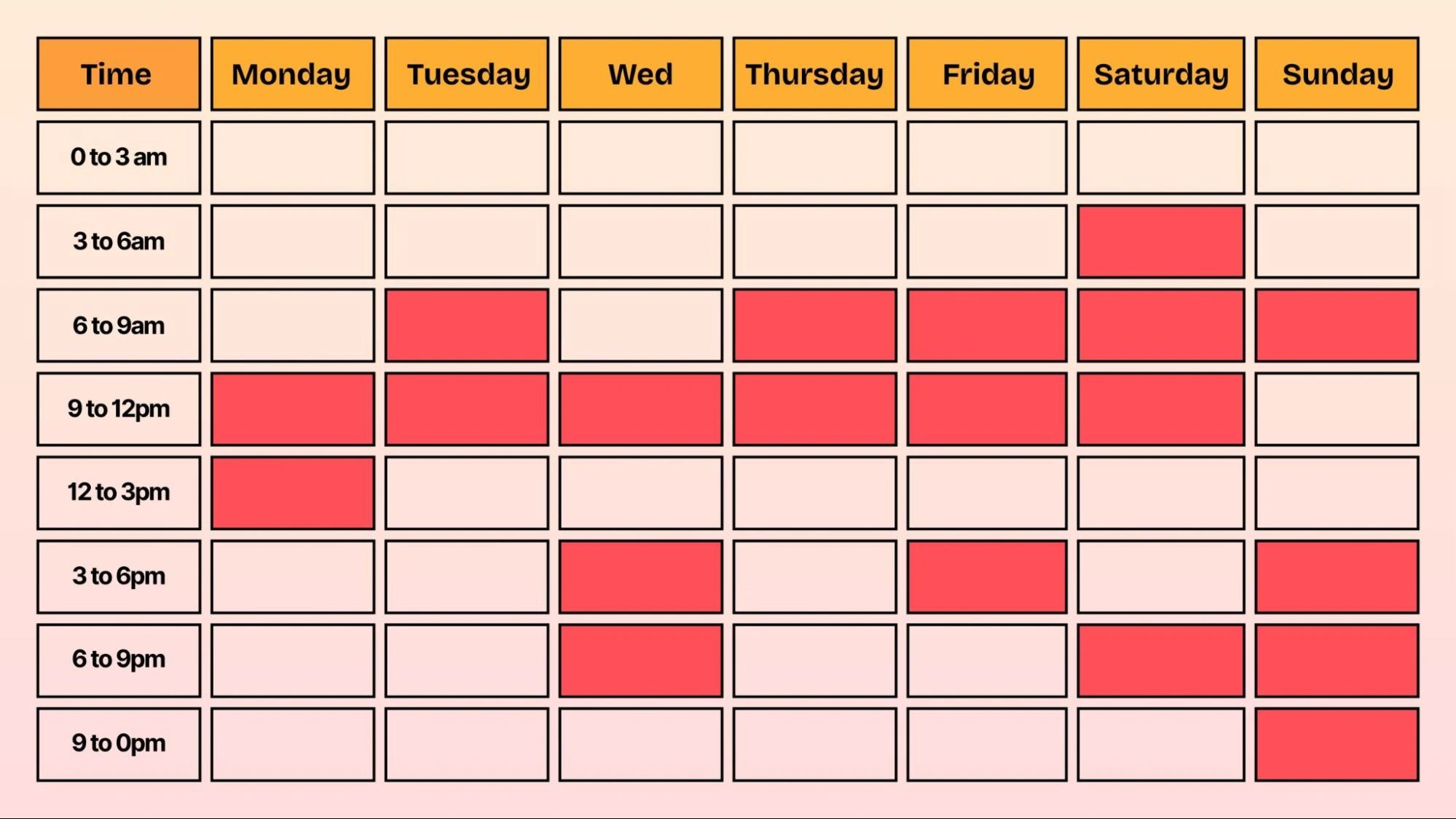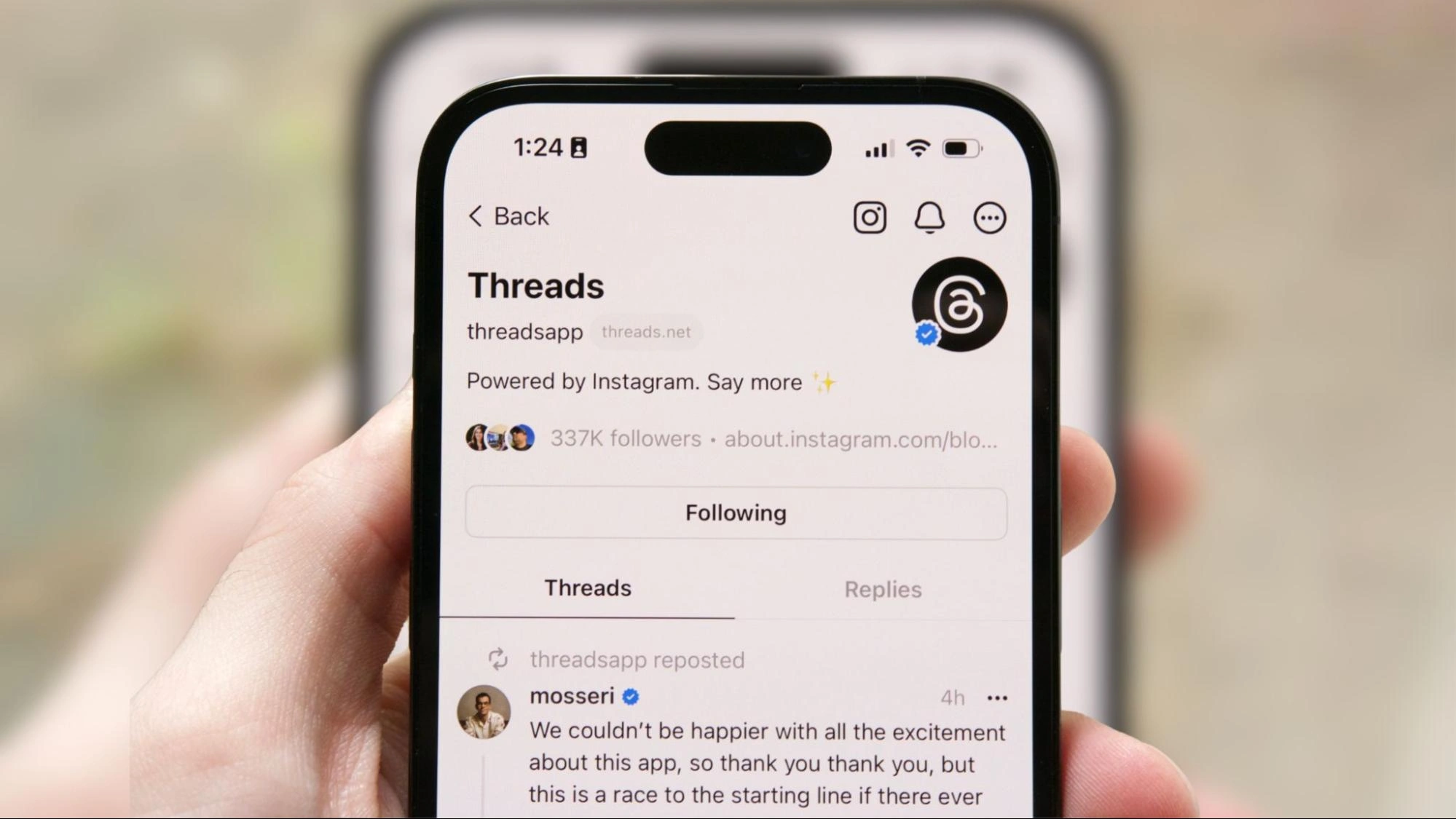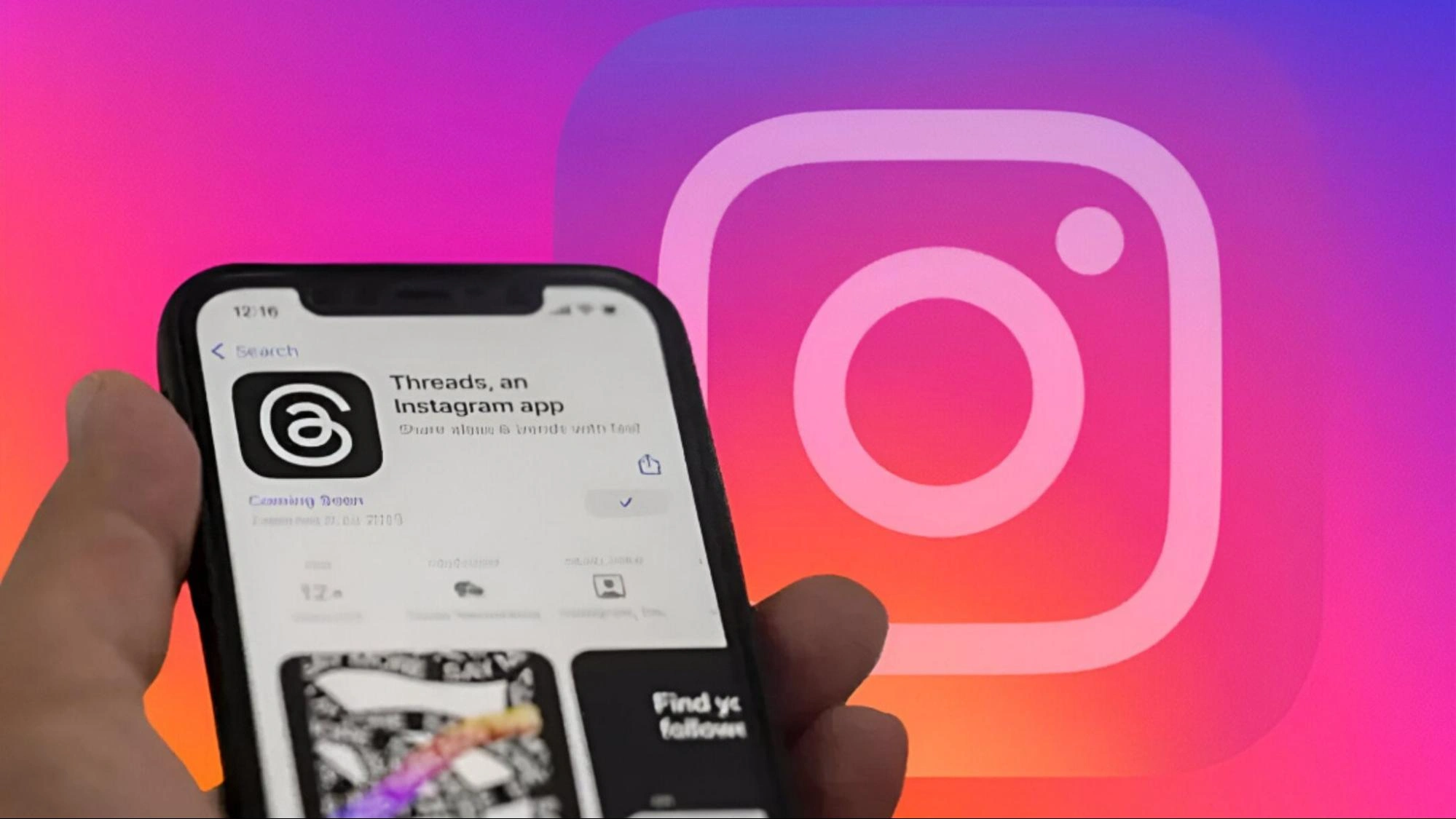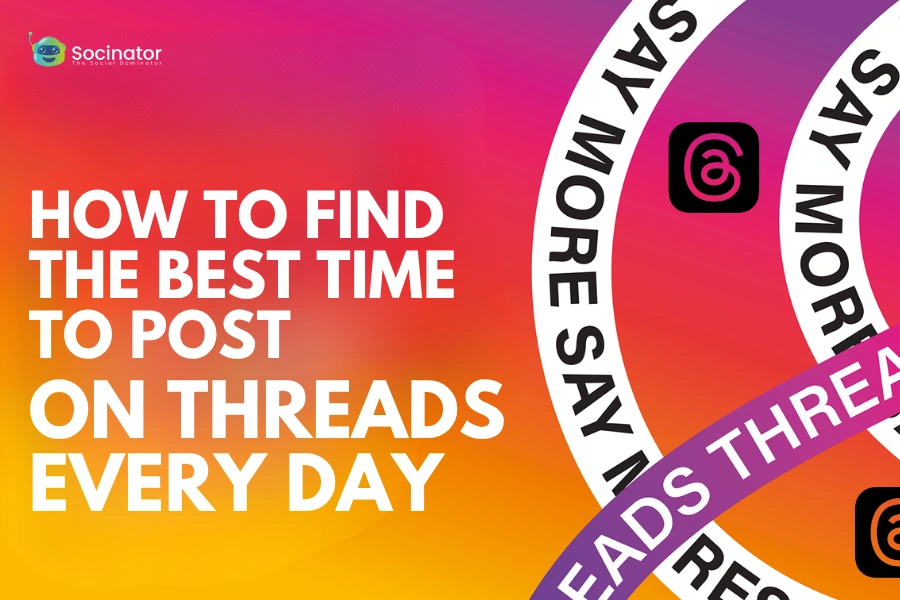You might have some great stuff to share on Threads, but if you are posting at the wrong time, chances are most people will miss it. Timing does make a difference.
Knowing the best time to post on Threads isn’t just a nice idea—it’s how you make your content actually get seen. It’s about showing up when your audience is online and ready to engage.
Threads is still a new platform, and everyone’s still figuring out what works best. But one thing is clear: there are certain times of the day when more people are active and more likely to notice your posts.
In this post, we will walk you through the best times to post on threads each day, how often you should be sharing, and a few easy ways to figure out what works best for you.
No complicated stuff. Just honest advice, you can start using it today.
Let’s get started.
In a hurry? Listen to the blog instead!
Why Posting Time Matters On Threads
Social media moves fast, and Threads is no exception. Posts don’t sit around waiting to be found. They either get picked up while people are scrolling, or they disappear in the crowd. That’s why timing is such a big deal.
When you post at the right time, your content shows up right when your audience is active.
Think of it like walking into a busy room versus an empty one. If you want to be heard, you need to show up when the room is full.
Threads work a little differently than platforms like Instagram or Twitter. It’s more conversation-based, more real-time. That means if you post when people are online and using the app, you are more likely to get replies, likes, and shares while your post is still fresh. If you miss that window, even great content can fall flat.
When Is The Best Time To Post On Threads
 The best time to post on Threads depends on when your audience is most active. And while this can vary depending on who you are trying to reach, there are some general patterns we have seen based on how people use the app.
The best time to post on Threads depends on when your audience is most active. And while this can vary depending on who you are trying to reach, there are some general patterns we have seen based on how people use the app.
Most users check Threads in the morning, during lunch breaks, and again in the evening—just like they do with Instagram or Twitter.
Here’s a simple day-by-day guide to help you get started:
Monday
Best time to post on threads: 9 AM – 11 AM
People are getting back into work mode but still checking social apps while easing into the day.
Tuesday
Best time to post on threads: 10 AM – 12 PM
This is usually a high-focus workday, so posting mid-morning helps catch the scroll before people get too busy.
Wednesday
Best time to post on threads: 11 AM – 1 PM
Midweek burnout kicks in, and users are looking for a break—a perfect window to show up.
Thursday
Best time to post on threads: 12 PM – 2 PM
By now, people are in a rhythm and likely to take longer breaks—great time to share something valuable or relatable.
Friday
Best time to post on threads: 10 AM – 12 PM
Engagement tends to dip in the afternoon as people mentally check out for the weekend, so aim for earlier posts.
Saturday
Best time to post on threads: 9 AM – 11 AM
Weekends are slower, but mornings still see solid activity as people scroll over coffee or while relaxing.
Sunday
Best time to post on threads: 10 AM – 12 PM
It’s a quiet day for most, but mid-morning is when people tend to catch up on what they missed during the week.
Recommended Reads
How To Schedule Threads Posts In 2025: The Complete Guide
Before You Post On Social Media, Check Out The Best Timings
How Often Should You Post On Threads For Better Reach?
 One thing creators often miss is syncing their posting frequency with the best time to post on Threads. You might be showing up regularly, but if your timing is off, you’re just shouting into the void. Even three solid posts a day won’t help if none of them hit during peak engagement hours.
One thing creators often miss is syncing their posting frequency with the best time to post on Threads. You might be showing up regularly, but if your timing is off, you’re just shouting into the void. Even three solid posts a day won’t help if none of them hit during peak engagement hours.
The truth is, there is no perfect number that fits everyone. But here’s what we know works.
Threads move fast. It’s built for short, real-time conversations, not polished, long-form content. So posting more than once a day isn’t just okay, it’s a good idea, especially if you have something worth saying.
Most active creators post anywhere between 3 to 5 times a day. That might sound like a lot, but it doesn’t have to be complicated.
A quick thought, a question, a reaction to something trending—it all counts. What matters more is that you are showing up consistently and being part of the conversation.
If you are just getting started, don’t burn yourself out trying to force five posts a day. Start with 1–2 solid posts daily, then slowly increase as you get more comfortable. And always prioritize quality over quantity. A few good posts that connect are better than a bunch that get ignored.
Some posts can be thoughtful. Others can be light or funny. It’s about keeping your audience engaged without sounding like you are repeating yourself. But alongside creativity, knowing what is the best time to post on Threads helps make sure your content reaches the people it’s meant for.
Using Insights To Fine-Tune Your Posting Time
 Now, here are the things that get more personal, because what works for someone else might not work for you.
Now, here are the things that get more personal, because what works for someone else might not work for you.
The general timings and posting frequency are a great starting point, but the real things happen when you pay attention to your audience.
Threads don’t have deep analytics (yet), but that does not mean you are flying blind. You can still pick up patterns just by watching how people respond.
Start by tracking your posts for a week or two. Make a simple note of:
- What time did you post
- What the post was about
- How much engagement it got (likes, replies, reposts)
You will probably start to notice trends. Maybe your morning posts get more comments. Or maybe your audience is more active in the evenings. Either way, once you spot it, lean into it.
Also, don’t be afraid to experiment. Try posting at different times on different days. Test shorter vs longer posts. Ask questions, post thoughts, or share updates. You will start to get a feel for what your audience responds to, and that’s way more valuable than any one-size-fits-all advice.
Pro Tip: If you already have a following on Instagram or Twitter, check when your audience is most active there. Their patterns can help you figure out the best time to post on Threads without starting from scratch.
How To Use Threads For Marketing
If you are planning to use Threads to build a brand, promote your work, or connect with a community, good move. Threads is still new, which means there’s less noise and more room to stand out. But it’s important to approach it with a clear mindset: people come here for real talk, not hard selling.
Here’s how you can use Threads as part of your marketing plan:
Be consistent. Post daily, even if it’s something simple. Staying visible keeps you top of mind. You don’t need to flood the feed, but regular posts show you’re active and invested.
Show personality. Don’t sound robotic or salesy. People want to hear a real person behind the brand. Use everyday language, add humor or warmth if it fits, and be authentic. This makes you relatable and easier to engage with.
Talk with, not at. Threads is about conversations, not announcements. Ask your audience questions, respond to comments, and join other people’s threads when it makes sense. Engagement is a two-way street, and showing you listen goes a long way.
Share updates—but keep it balanced. Product launches, new features, or sales promotions are important, but don’t let your feed become just ads. Mix these posts with behind-the-scenes peeks, personal stories, or industry insights to keep things interesting.
Build your brand voice. Think of Threads like texting your audience. It’s quicker, more casual, and less formal than other platforms. Find a tone that fits your brand’s personality—whether that’s friendly, witty, or professional—and stick with it. Consistency helps people recognize and trust you.
Use storytelling. People connect with stories more than facts. Share the journey behind your brand, challenges you’ve overcome, or customer success stories. This creates emotional connections and makes your marketing feel less pushy.
If you’re in the early stages, focus more on community and less on selling. Give people a reason to follow you before you ask for anything in return. Build trust first, and the sales will follow naturally.
Let’s see how some tools can help you grow on Threads, find the best time to post on Threads, and make your work easier.
Helpful Tools For Smarter Marketing
 One tool that can help with your social media marketing is Socinator. Think of it as a smart assistant that keeps your posting on track, helps you connect with the right people, and saves you time so you’re not overwhelmed.
One tool that can help with your social media marketing is Socinator. Think of it as a smart assistant that keeps your posting on track, helps you connect with the right people, and saves you time so you’re not overwhelmed.
Here’s what it can do for you:
- Social Media Scheduling: You can plan and schedule your posts ahead of time across different platforms. This means you don’t have to be online all day to stay consistent.
- Content Management: It helps you organize your photos, captions, videos, and links in one place, making it easy to find and use your content whenever you need it.
- Audience Targeting: You can filter and reach the right audience based on interests, location, or hashtags. This way, you’re connecting with people who care about what you share.
- Analytics and Insights: Socinator gives you simple reports about how your posts are doing—what’s working, what isn’t—so you can make better decisions.
- Automation Tools: It can automatically like, comment, reply to messages, or follow accounts based on your settings. This keeps you active and engaged even when you’re busy.
- Account Security: If you manage multiple accounts, it keeps everything secure and safe, so you don’t have to worry about losing access or getting locked out.
Using Socinator means you can focus on creating great content and building your brand, while the tool handles the routine tasks behind the scenes. It’s a great way to make your marketing smarter and less stressful.
Conclusion
If you are posting on Threads at the wrong time, most people simply won’t see your content. It doesn’t matter how good it is. Timing is everything. Threads move fast, and if you don’t show up when people are scrolling, your posts get lost in the crowd. That’s why understanding the best time to post on Threads can be a total game-changer for your visibility.
The times we shared aren’t just guesses—they are based on when most users are active. That gives you a solid starting point. But don’t just blindly follow them. Watch your audience, pay attention to when they respond, and tweak your schedule accordingly. No one knows your crowd better than you do.
Posting regularly matters more than posting a lot. You don’t have to flood Threads with posts to get noticed. One or two good posts a day, posted at the right times, will beat ten rushed, half-baked ones any day. Keep it real, keep it human. Talk like you are texting a friend, not pitching a sale.
And yes, tools like Socinator can make your life easier. It manages your audience, automating some tasks—it all helps you stay consistent without burning out. But never let tools replace your voice. People come to Threads for conversations, not robots.
At the end of the day, Threads is still new and there’s less crowd. It’s a chance to build something real if you show up smartly and consistently.
So take these time slots, test them, keep learning what your audience wants, and stick with it.
Because showing up at the right time, with honest content and real engagement, that’s how you win on Threads.
FAQs About The Best Time To Post On Threads
- Can I repost the same content multiple times on Threads?
Yes, but don’t overdo it. Threads move fast, so reposting a good post once or twice at different times can help reach different segments of your audience. Just avoid spamming — keep it fresh and relevant.
- Should I use hashtags on Threads like I do on Instagram marketing?
Hashtags work a bit differently on Threads. They’re not as critical as on Instagram, but they can still help people find your posts. Use a few relevant hashtags, but focus more on meaningful conversation and engagement.
- Does video perform better than text on Threads?
Threads are mostly about short, quick conversations. While videos can catch attention, shorter text posts or images often work best because people scroll quickly. Use video sparingly and only when it adds clear value.
- How do I handle negative comments or trolls on Threads?
Ignore or delete if it’s spam or abusive. Engage politely if someone raises a legitimate point or question. Remember, your goal is to build a positive community, so keep the tone respectful and don’t feed the trolls.






